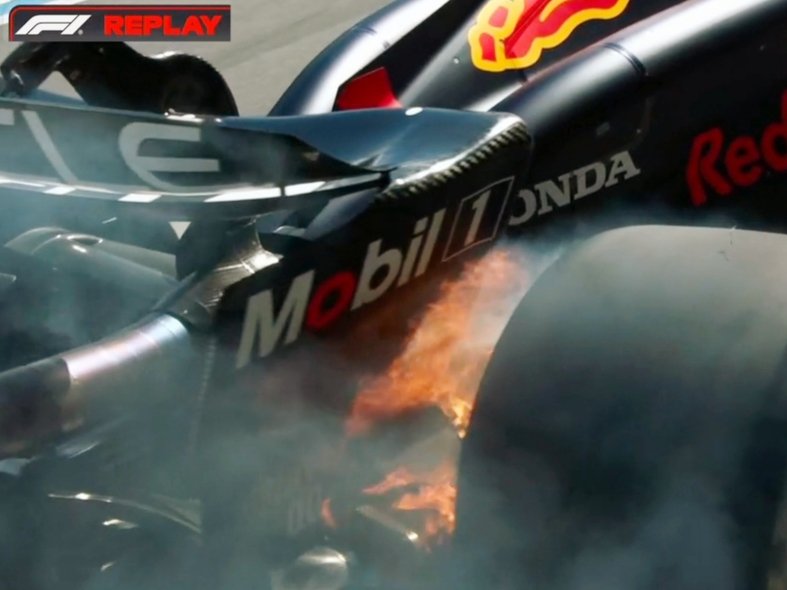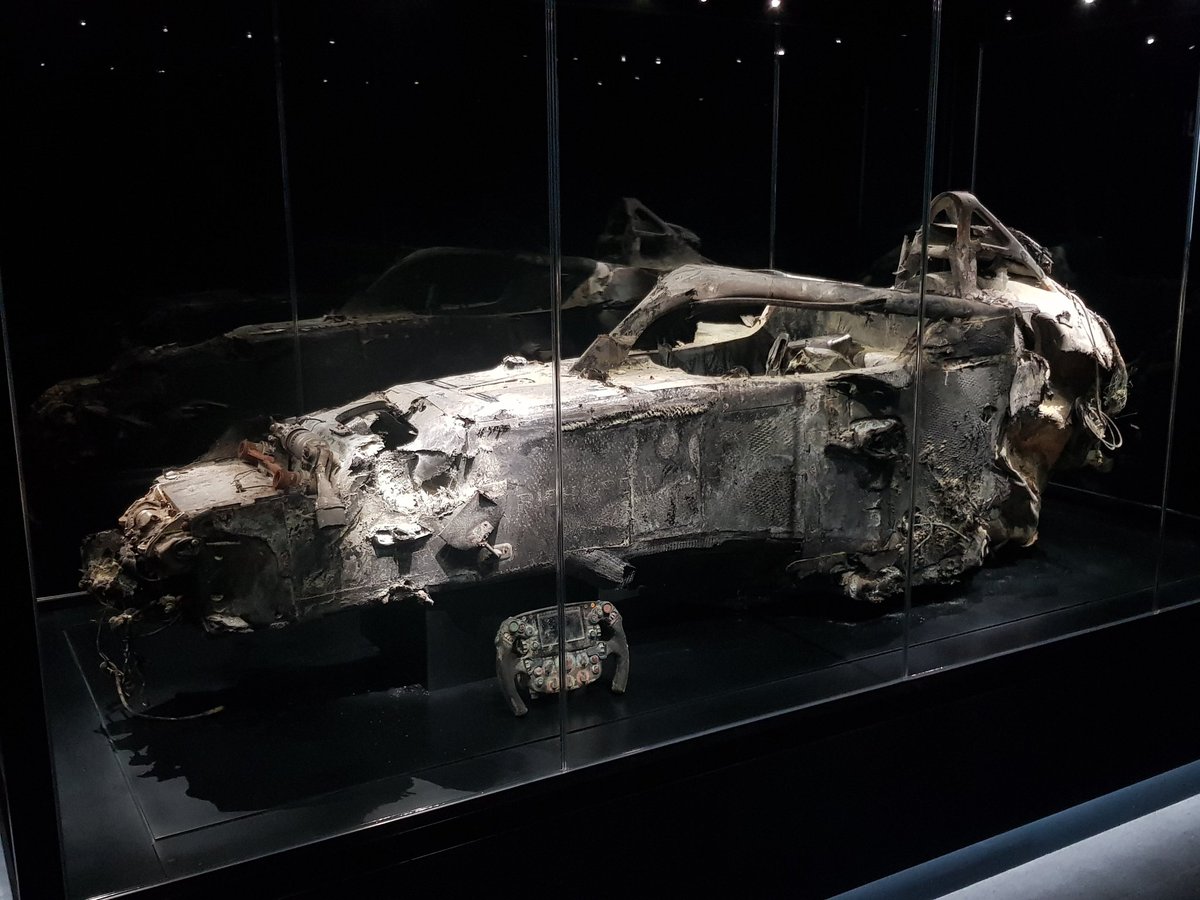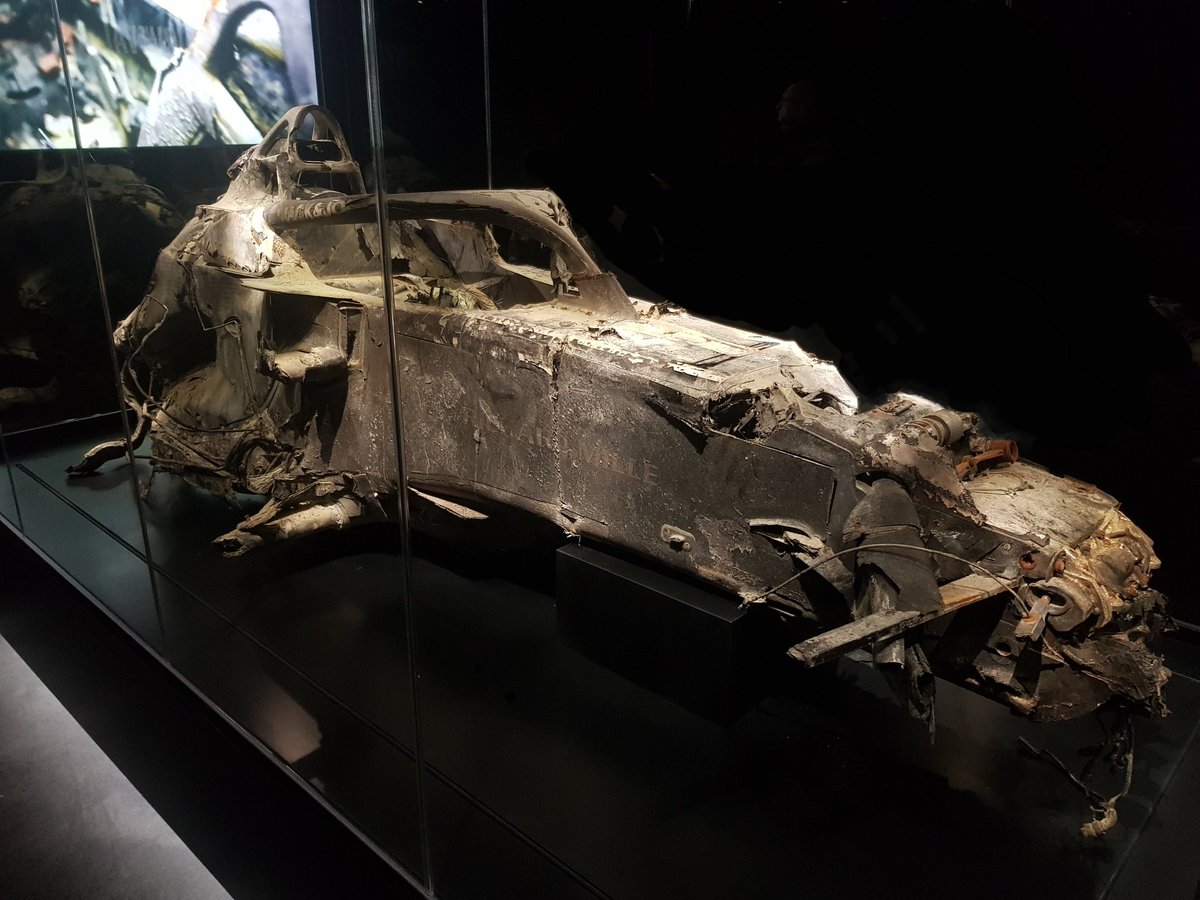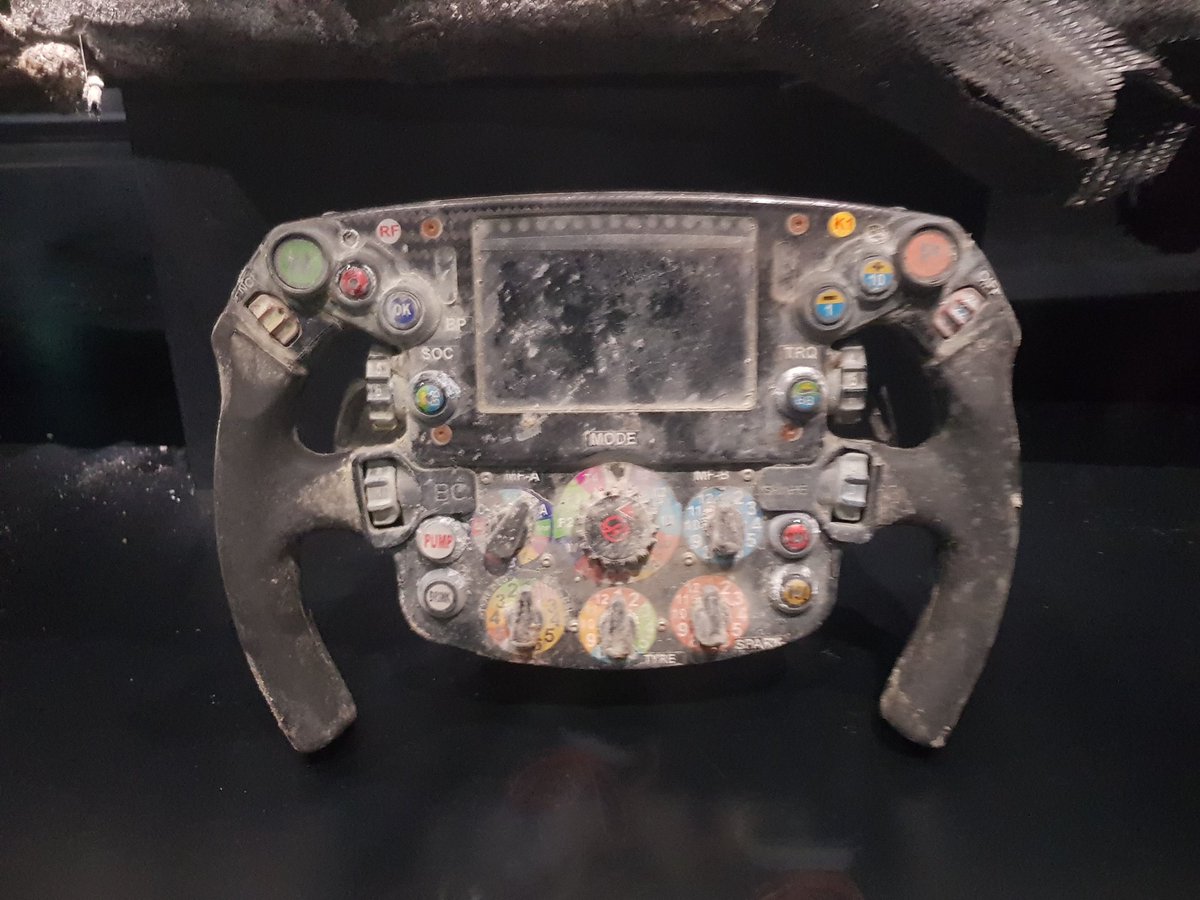Next up in looking at the detail of the #F1 2022 regs: the gearbox.
To date the reg dimensions of the gear cluster and outer cases has been limited. Just minimum gear width 12mm, weight 600g and material (steel).
Gearbox case lengths were in excess of 800mm, the cluster c180mm
To date the reg dimensions of the gear cluster and outer cases has been limited. Just minimum gear width 12mm, weight 600g and material (steel).
Gearbox case lengths were in excess of 800mm, the cluster c180mm

Most teams run a cassette gearbox, a self contained case sits inside the carbon outer carrier case
Inside 8 fwd gears +reverse, are driven from the clutch, then through the cross shaft to the diff. Selector forks operate alternating gear pairs for seamless gear selection
Inside 8 fwd gears +reverse, are driven from the clutch, then through the cross shaft to the diff. Selector forks operate alternating gear pairs for seamless gear selection

In 2022 the diff is tied to the rear axle line within 60mm & at 250-60mm high.
The cluster must be a min 175mm & 415-450mm from the diff. The gearbox mustweigh 22kg
This pushed the gearbox rearwards and prevent extremely short or light cluster designs.
The cluster must be a min 175mm & 415-450mm from the diff. The gearbox mustweigh 22kg
This pushed the gearbox rearwards and prevent extremely short or light cluster designs.

For 2022 the gearbox will be homologated. This design can only be updated once from 2022 to 25. Other than reliability fixes.
The outer carrier case can be changed.
Teams will elect their gear ratios and will have one chance to alter them midseason in 22. But not thereafter
The outer carrier case can be changed.
Teams will elect their gear ratios and will have one chance to alter them midseason in 22. But not thereafter

Gearboxes had to last 6 races in 2021, now the teams have a set of 4 gearboxes for the year, as with PU components
Should a gearbox fail, it can be replaced penalty free with one from pool.
Use up your 4 gearboxes and then penalties are imposed. An issue if theres lots of crashes
Should a gearbox fail, it can be replaced penalty free with one from pool.
Use up your 4 gearboxes and then penalties are imposed. An issue if theres lots of crashes

• • •
Missing some Tweet in this thread? You can try to
force a refresh







































